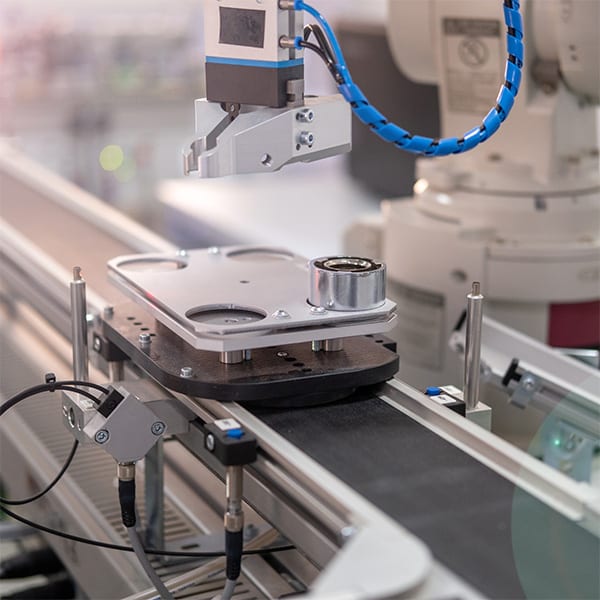In the age of Industry 4.0 and increased automation via the industrial internet-of-things (IIOT), there are many choices and options available in choosing the proper sensor for the proper application that meets your specifications and those for which the sensor was designed.
Russ Freeman, product portfolio manager with RS in Ft. Worth, Texas helps to navigate through the complexities of sensor selection focusing on sensor suppliers. He outlined five questions to ask that will help you select the proper sensor:
1. What are you sensing?
While it sounds basic, it’s critical to sensor selection. Are you sensing presence, temperature, a liquid level, color, distance? Identifying precisely what is to be measured, and some basic properties of what is to be measured is critical. Freeman urges those selecting the sensor to know exactly what you are sensing. “How big is it?” asks Freeman. “What color is it? What texture is it — wood, metal or plastic? Does it change textures? Does it change color? Does it change size?”. If you are sensing a liquid level, it is important to know some of the characteristics of the liquid.
2. What is the distance that is involved?

This will directly affect the sensor that is to be selected. Can you get within an inch or less to detect the object or do you need to be six feet away? “What distance is important because if I need a sensor rated for three feet,” explains Freeman, “I know I cannot use an inductive proximity sensor.” Knowing this upfront is important and will narrow the sensor choices down to suitable options.
3. What’s your input power?
“You must match the input power of the sensor to the power available at the site,” says Freeman. “Do you have DC? Is it AC? Does it need to be 10-30V DC?” Such specifications will help determine the best sensor given the available power to be used. It is important to know this information upfront and work with your vendor to include the input power requirements.
4. What kind of output do you need?
Freeman asks if the output should be NPN or PNP? PNP sensors produce a positive output to the sensor’s input. NPN sensors produce a negative signal during an “on” state to the sensor’s input. Know what kind of output is acceptable for their application and their specific usage. “If you’re going to do positioning, do you want 0-10 volts?” Freeman asks. “Or do you want 4-20 milliamps? Do you need a relay output for some reason?” Understanding the desired output will influence the options and choices of sensors that should be used.

5. What’s the environment in which the sensor will operate?
Freeman says that the configuration, space, and actual setting also influences sensor selection. How clean or dirty is the environment? For example, if transmitting across a three-foot conveyor: “Is this sensor going to be indoors at a medical facility or in a lumber yard outdoors? Those are entirely different environments that involve different considerations when selecting a sensor,” says Freeman. “I want to be sure that the sensor I help a customer select can withstand the environment in which it will operating.” Freeman emphasizes matching the right sensor to the environmental conditions – especially if the conditions are harsh and require a certain degree of ruggedness to operate properly.
“What I have always told people is, if you know nothing about a sensor, but you get these five questions answered, it puts us in the best position to help you,” says Freeman. “So, get the questions answered. Don’t miss any of them, and we can figure out exactly what sensor is needed.”







